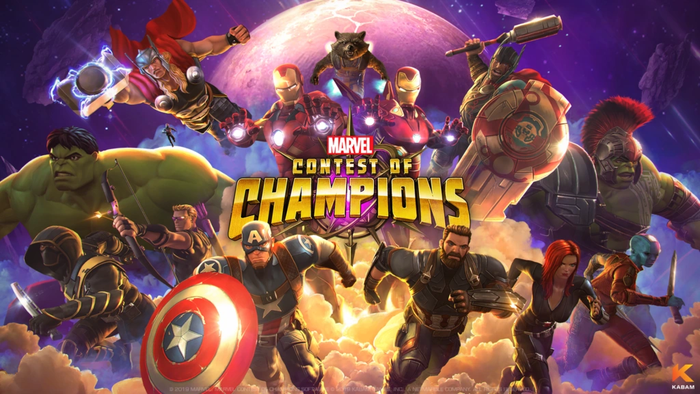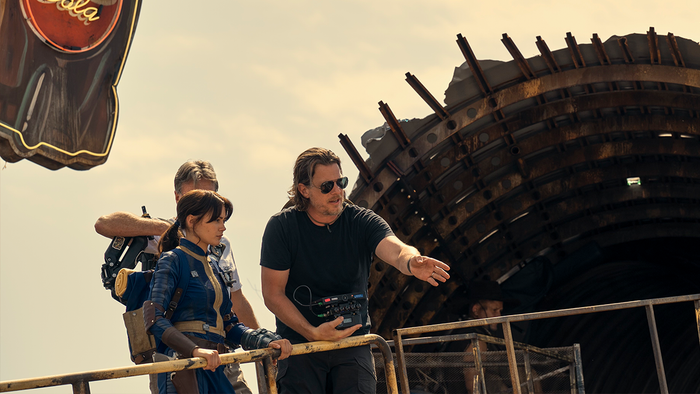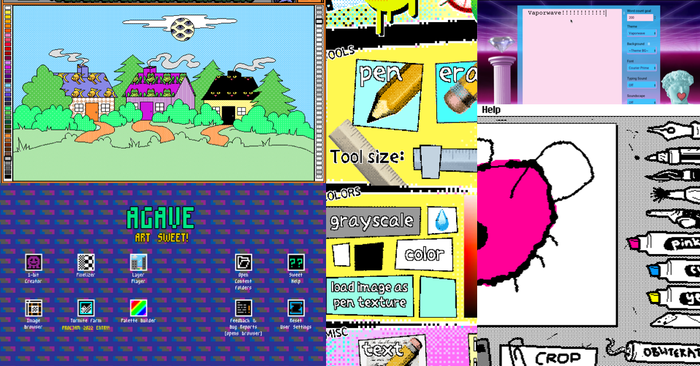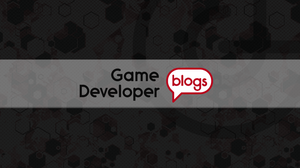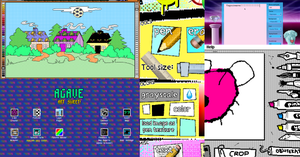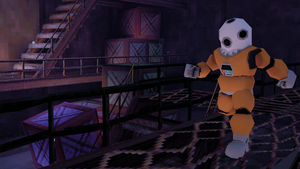In this article, reprinted with permission from Gamesbrief, Mode 7's Paul Taylor gives a postmortem on the business of selling its squad-based tactical game _Fro

[In this article, reprinted with permission from Games Brief, Mode 7's Paul Taylor gives a postmortem on the business of selling its squad-based tactical game Frozen Synapse, stressing the importance of Steam and price drops.] It's great to be back on Gamesbrief, although I always feel slightly strange writing for a blog which focuses exclusively on business. (Editorial note: Paul's earlier post was Why Free-to-Play is not the answer to everything) The reason for this is that, if you're a company or individual looking to enter the games market, I wouldn't necessarily recommend that you do things the way we do! Making a "pay-once" (i.e. one upfront fee, no microtransactions) indie game with a long development cycle is a very risky endeavor; you may think that it's wiser to choose another path, especially when starting out. Feel free to disregard, disagree with or argue against any of the conclusions I draw from our experiences. I won't be disclosing full data for various reasons, but hopefully there will be some useful nuggets in there. I'll kick things off by explaining our situation, then I'll move on to a little bit of data and then conclude with some things I believe we've learned from the process of releasing this game. About Frozen Synapse Frozen Synapse was born out of a desire to do two things: firstly to do justice to a particular game design concept and secondly to go all-in on making a high-quality game, in order to figure out if we could really do it! If you'd like to know a bit more about the game, it's a simultaneous-turn-based tactical title with both single player and multiplayer; it's available on PC, Mac, and Linux. Here's a trailer. We knew that the major expense would be our time, rather than any tech, personnel or art assets. So, we took low salaries and treated the company as a young start-up, even though we'd been running for a few years prior to the start of development. Taking away the pressure on cash-flow created a much more creative environment which gave Lead Designer Ian the space he needed to work on the gameplay. Commercially, our targets were:
Focus completely on digital; achieve Steam distribution
Sell over 100k copies within a year from release without a significant marketing spend
Create a game that would be popular with core PC gamers; we wanted to make something that would really appeal to readers of RockPaperShotgun!
Make a feature-rich product which would truly justify a higher price point than other indie titles
As you can see, we weren't targeting the mainstream games market; we felt that the rise of social games, ever-huger console titles and skill-light MMO's had left a gap for a more traditional PC game. Additionally, we wanted to make something skill-based that people could play between long sessions of other games as a distraction – a kind of "casual hardcore" title. However, to compete in that space, the game had to be something which felt big: we knew that dual multiplayer and single player was a must in the genre; a narrative, big soundtrack, lots of game modes and random generation options would also help boost the amount of content we could produce on a low budget. We also wanted to borrow from other types of game, so we added social features like instant YouTube export to the mix. Finally, we decided to do a "paid beta" (customers could pre-order the game but get immediate access to a beta version) and offer a free full copy of the game for a friend with every purchase. Results The game went on sale at $24.99, with two different special edition bundles at $34.99. Here is some data on how the game has performed to date: Commercial
Over 300k units sold since May 2011 (across all distributors, majority sold at a discount)
Paid beta raised $135,000 and enabled us to switch to full-time work on the game
Over $300k total in direct sales (i.e. via www.frozensynapse.com)
Steam Top Sellers list for several days around launch
28.8% of direct revenues came from special editions
Just under 50% of free keys are used
Critical
Metacritic 85; user 8.0
90%+ (or equivalent): Edge, Destructoid, Eurogamer, PC Format, bit-gamer
Many other high review scores
Here is a graph of our direct sales (units sold) since the start of the paid beta in April 2010…  Frozen Synapse Direct Sales Notes
Frozen Synapse Direct Sales Notes
Discounts combined with PR had the most significant effect on revenue
Advertising during the beta failed to produce a positive return
The small spike on May 6th 2011 prior to the main launch on May 27th was the release of the single player campaign into the beta
Most small spikes are due to PR
Releasing a demo had a negligible effect on sales; launching without a demo did not seem to matter (though obviously it is impossible to A/B test this)
Cost and development info
Total costs were around £140k
3 core team members; 1 long-term contractor; other freelancers
All code, design, PR and marketing in-house, all art outsourced
What now? Frozen Synapse has been a success for Mode 7, both for us personally and for the company. We proved that we could make a game that was creatively satisfying and commercially viable. We have been able to put our "best case scenario" plan into practice: Immediately begin work on a new product So many small companies become stagnated as soon as they have a single success, without realising that their major strength lies in innovating new IP. There are risks involved with moving on so quickly, but in the long-term staying put can be much, much more dangerous. Continue to develop Frozen Synapse, including creating DLC We have recently hired an additional coder / community manager to respond to demand from our community for both paid and free additions / tweaks to Frozen Synapse. Initially, we were far too slow to react to the community size that the game generated. This won't be a mistake we'll make again, especially with an additional person tasked with those issues. Open up new revenue streams We're currently working on an iPad version, continuing to look at other platforms and also figuring out what else we can do with the brand. Options we've rejected in the short-term have included getting investment to expand rapidly, starting a second development team and doing porting work in-house. Firstly, I don't feel that this kind of creatively-led business is easy to scale well, as it depends very much on the functioning of a small-team dynamic that is hard to replicate. Also, I'll feel much more confident about our ability to lead new developers through our process if we've demonstrated success more than once! Secondly, I think there are some serious dangers with doing porting work in-house, not least the delay it can cause to future products. Some thoughts… Steam is Vital for Mode 7 Steam's position in terms of digital distribution right now is well documented; having seen the results, there is no doubt in my mind that aiming to create a game which would stand up against other titles on there was the right thing for us to do in this instance. Launch Timing The end of May turned out to be a fairly quiet time and a good time to launch for us: I'd just suggest that indie devs focus on avoiding busy periods (e.g. Christmas and late June to early August) when they're shaping up for launch. Pay-once: Positives and Negatives Pay-once is the most maligned business model out there right now:I would suggest that even the most hardcore entrenched old-school developers have been won round by the raw data that free-to-play games have generated, so pay-once is in decline. However, I still feel that pay-once was completely the right choice for Frozen Synapse because:
It is a game with very concentrated core mechanics that are difficult to expand
Many people bought the game for its ambitious scope, essentially as a bundle of intriguing features
It kept the interest of very critical hardcore PC / Mac / Linux gamers who are most averse to F2P models outside of MMO's
We are able to work with organizations like Humble Indie Bundle
Perhaps counter-intuitively, it facilitated design which is not based around restricting the player's access to content
I'm yet to hear a sane scheme for an F2P Frozen Synapse – I don't think that a free-to-play game along similar lines would be impossible; however I have not heard any viable suggestions for how we could have done it with this game, the game we cared so much about making. The negative consequences of this decision are clear to me as well, however:
Lower potential revenue ceiling
Difficult to identify and provide content for fans who subsequently want to pay more after their first purchase
Constant battle for awareness / difficulty with overcoming paid barrier to entry
Not geared up for regular iteration and updating post-launch; too much of a monolithic "box product"-type mentality
We deliberately chose to make a game that could potentially make less money than other types of game! However, as the marketplace gets constantly busier, we believe that targeting niches is the way to go. Finally a side-note on this topic: we are seeing some sophisticated evolutions of free-to-play which are showing how it can make sense in a skill-based context. Tribes: Ascend is doing some really interesting stuff by allowing players to pay for options (essentially different classes) rather than for an advantage. That kind of payment model is extremely difficult to manage (probably harder than the brute-force "pay to win" model of many free-to-play games), but it could be key to large revenues in the hardcore space. Again, it's not something that would have worked for FS, but it's certainly an intriguing development. I've always said that developers should choose a business model to suit their game, and not the other way around, as long as they have realistic expectations of the return they hope to generate. I'd happily work on another pay-once game, a fully free-to-play game, or something in between. Premium can Work People are willing to pay for something that delivers on a very specific promise and fills a specific need; higher-priced games can work in the indie space, especially as the majority of units are sold during discount periods. Our attempt at a "high price; minimal bullshit" play with Frozen Synapse was largely successful; I feel like we under-delivered on both our server provision and our speed of updating post launch, but all-in-all we still brought players a huge amount of content for the price they paid. Reach Frozen Synapse has, in no way, hit is full potential yet. Sales continue to be strong and even held up during events like the Humble Bundle: most indie games hit a tiny fraction of their potential market, so we have to keep working on new ways to reach new players. Our iPad version has brought a whole new set of opportunities for PR, and I will also be looking into advertising, website optimization and further deals to entice new users in the near future. We wanted to make a game with an aesthetic that wouldn't date, so it would continue to sell five or even ten years into the future – my hope is that it will be around for a long time to come. Conclusions Frozen Synapse was a labor of love which marked our transition from a low-grade indie company to fully-functional business. Even though the game continues to make a good profit, this transition was by far the most important result. It took over four years – on and off – to create, so now our major challenge is to improve the time it takes to develop games without compromising on the results. Learning to grow and manage an increasingly complex business is a huge challenge, but one we relish. I'd like to thank all of the members of our community who supported us, and particularly those who helped us test the game. I wouldn't be writing about our success if it wasn't for you – we owe you a huge amount.
About the Author(s)
You May Also Like


